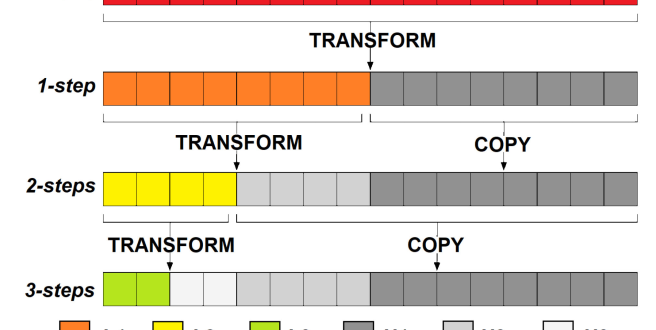Objavljen rad u časopisu IEEE Systems Journal
On the Relationship Between Speed and Mobility Sampling Frequency in Dynamic Urban Networks
Autori
Sažetak
In the current era of mobile communications and next-generation networks, mobility analysis has a key role in guaranteeing the quality of service/experience in the available services. Although a vast amount of work has analyzed mobility from both analytic and stochastic points of view, much of it has focused on a time-based analysis and disregarded spectral features. In this article, we propose a method of analyzing the main features of mobility traces in the frequency domain and determining the possible relationships between typical mobility grades (in terms of average and maximum speed) and the required sampling frequencies. The collection and storage of mobility pattern samples when they are not required is impractical, and therefore, we attempt to demonstrate how mobility can be sampled to avoid information loss or oversampling (many works in the literature are based on a default sampling period of 1 s). The work also contributes with the proposal of a closed form for relating the sampling period and average moving speed with the spectral components. We conducted numerous simulations to confirm that, compared with classical sampling approaches that provide static behavior, it is possible to obtain a gain of about 35%–65% in the collected samples, with a negligible loss of accuracy in the reconstructed signal.
Ključne riječi
DOI
URL
Article is available via url: https://ieeexplore.ieee.org/document/9823307
Citation
P. Fazio, M.Mehic, M.Voznak. “On the Relationship Between Speed and Mobility Sampling Frequency in Dynamic Urban Networks” IEEE Systems Journal (2022), doi: doi.org/10.1109/JSYST.2022.3186640 SCIE Impact Factor: 4.802 (2021/Q1)
Journal Title
IEEE Systems Journal
Publisher
IEEE
Impact Factor
4.802 (2021)
On the Relationship Between Speed and Mobility Sampling Frequency in Dynamic Urban Networks
Autori
Sažetak
In the current era of mobile communications and next-generation networks, mobility analysis has a key role in guaranteeing the quality of service/experience in the available services. Although a vast amount of work has analyzed mobility from both analytic and stochastic points of view, much of it has focused on a time-based analysis and disregarded spectral features. In this article, we propose a method of analyzing the main features of mobility traces in the frequency domain and determining the possible relationships between typical mobility grades (in terms of average and maximum speed) and the required sampling frequencies. The collection and storage of mobility pattern samples when they are not required is impractical, and therefore, we attempt to demonstrate how mobility can be sampled to avoid information loss or oversampling (many works in the literature are based on a default sampling period of 1 s). The work also contributes with the proposal of a closed form for relating the sampling period and average moving speed with the spectral components. We conducted numerous simulations to confirm that, compared with classical sampling approaches that provide static behavior, it is possible to obtain a gain of about 35%–65% in the collected samples, with a negligible loss of accuracy in the reconstructed signal.
Ključne riječi
DOI
URL
Article is available via url: https://ieeexplore.ieee.org/document/9823307
Citation
P. Fazio, M.Mehic, M.Voznak. “On the Relationship Between Speed and Mobility Sampling Frequency in Dynamic Urban Networks” IEEE Systems Journal (2022), doi: doi.org/10.1109/JSYST.2022.3186640 SCIE Impact Factor: 4.802 (2021/Q1)
Journal Title
IEEE Systems Journal
Publisher
IEEE
Impact Factor
4.802 (2021)





















